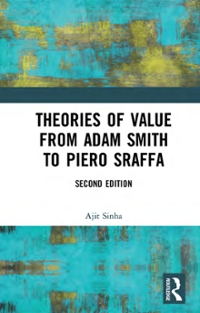Kindly show the steps followed. Clearly answer every question
8. If Acme Manufacturing can produce 100 widgets for a linear production cost of $2,300 and they can produce 200 widgets for a linear production cost of $3,20 then:... a) What is the total production cost to produce 500 widgets? b) What is the fixed cost for Acme Manufacturing in producing widgets?1. Acme, Inc. produces widgets (w) and gadgets (g). Its profit function is given by: IT = 20w-w-+16g -2g a) How many widgets and gadgets should Acme sell to maximize profits? b) Suppose there is a constraint on production such that w + g $ 8. Compute the optimal quantity of widgets and gadgets.A firm has a production function f(L, K) = L' K. Input prices are wg = $3/hr and wL = $6/hr. a) Graph the firm's isoquant corresponding to its output of y = 100. What is the technical rate of substitution (TRS) at the point (L, K) = (5, 4)? Is L - 5, K = 4, a cost-minimizing choice of inputs to produce y = 100? Answer this question without yet solving for the cost minimizing bundle. Explain your answer using in your argument the TRS. b) The short run problem: The firm rents its capital on a weekly basis from Capital-R-Us, but signs annual contracts with the labor union that represents its employees. These contracts both specify the wage that the firm pays (wy = $6/hr) and preclude the firm from firing any current employees (or hiring any new employees) until the next round of contract negotiations. Thus, in this problem in the short run labor is fixed. Denote the fixed quantity of labor by L. (1) As a function of L and y what is the firm's short-run total cost function? (ii) What is its short-run marginal cost function? What is its short-run average cost function? c) Now consider the firm's long-run problem. Use (i) In this problem, what is the time-frame in which the firm makes long-run decisions? (ii) Calculate the firm's conditional demands for capital and for labor, given that it produces some level of output y. ini) Use your answer for part (ii) to derive the firm's long-run total cost function, long run cost IRC( y). (iv) What is the firm's long-run marginal cost function? What is the firm's long-run average cost function? (vi) What amount of inputs would the firm choose in the long run if it wanted to produce y -50 units of output? "I) Comparing short runSuppose there are two inputs in the production function, labor (L) and capital (K), which can be combined to produce Y units of output according to the following production function: Y = 30K - 10L The firm wants to produce 600 units of output. 1. Draw the isoquant that corresponds to that level of production (600 units) in a graph that has L on the horizontal axis and K on the vertical axis. 2. The shape of the isoquant tells us about the relationship between the two inputs in production. How substitutable are L and K in the production of Y ? In particular, how many units of L can be replaced by one unit of K without affecting the level of output










